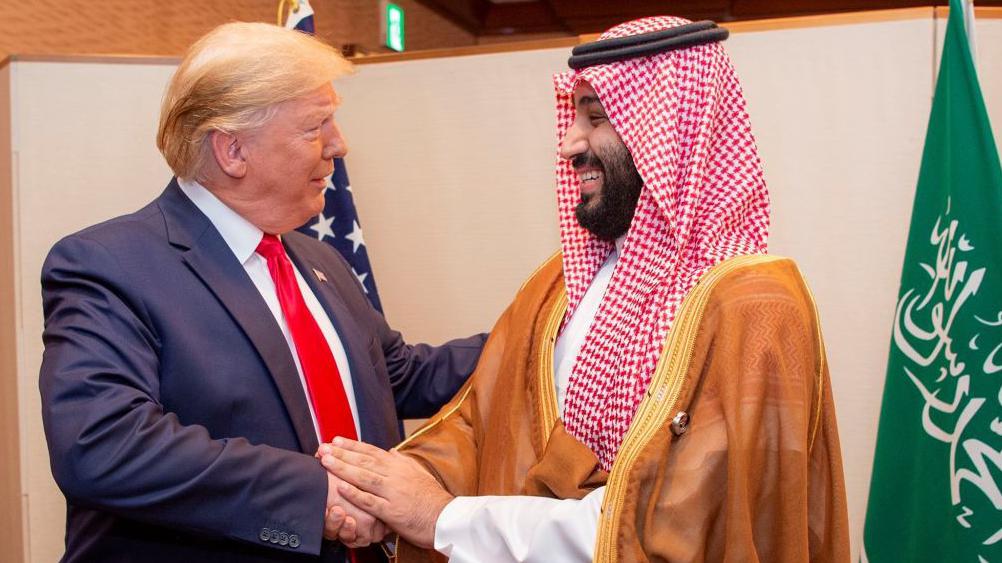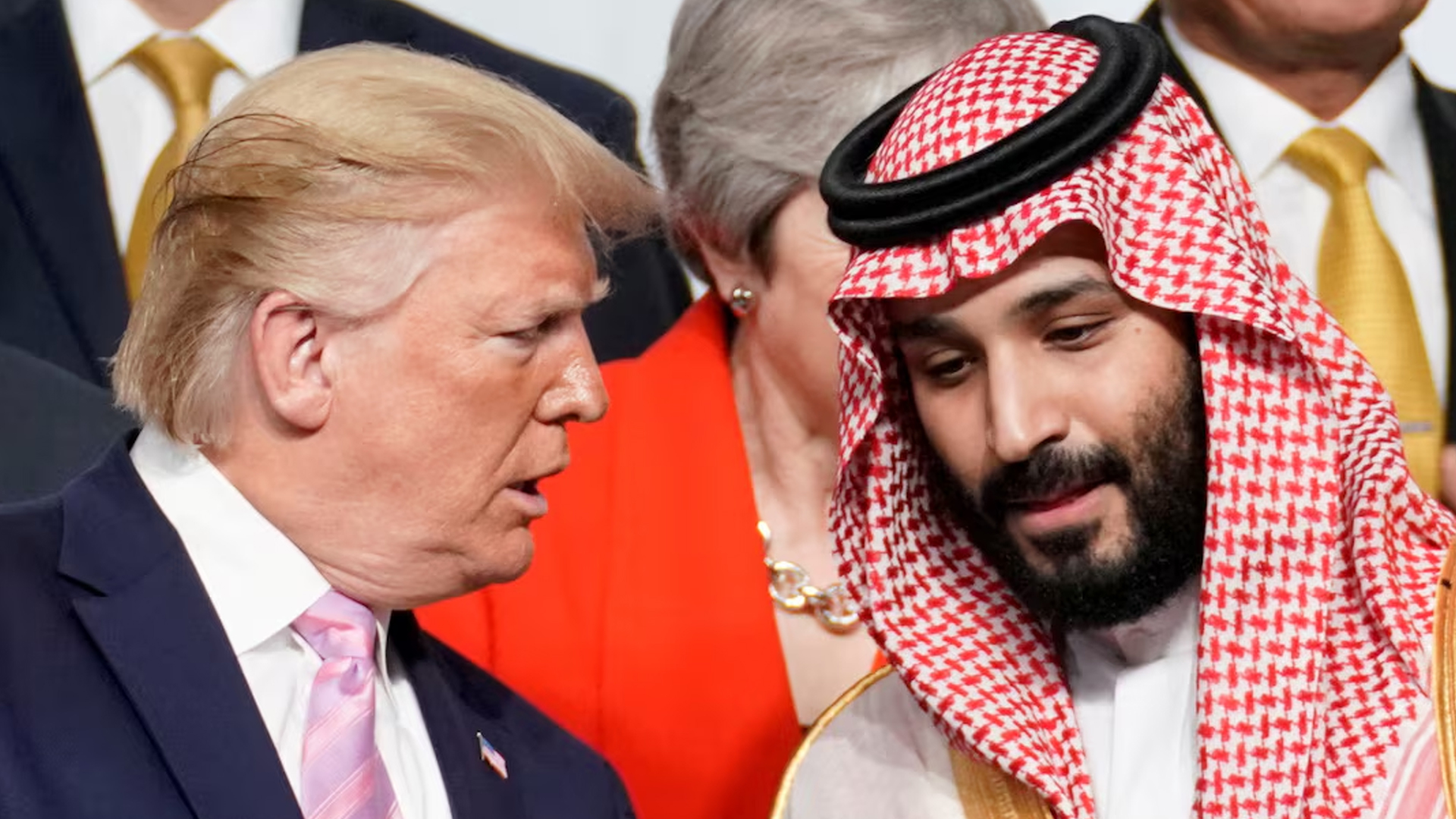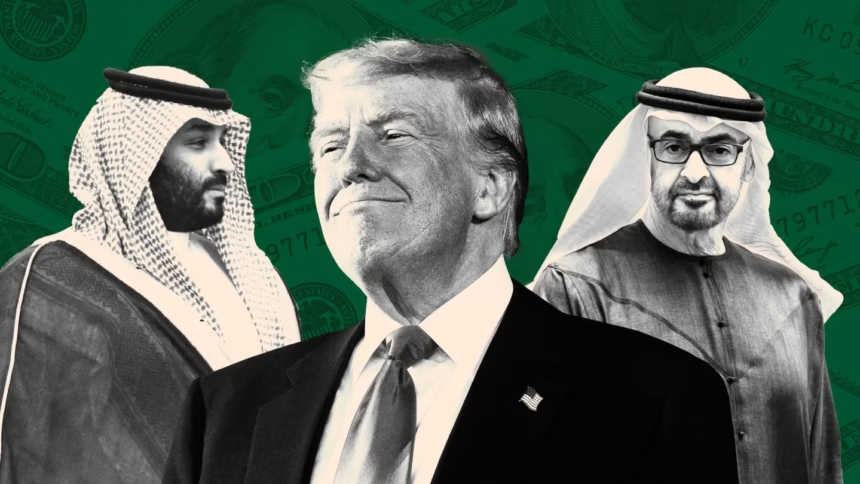Introduction
US President Donald Trump is visiting Saudi Arabia this week with a strategic goal: to secure major Gulf investments in the US economy. From military deals to technology partnerships, the visit underscores the deepening economic and political ties between Washington and Riyadh. With over $1 trillion in potential investment on the table, Trump is betting on Gulf capital to boost domestic manufacturing, AI, and semiconductor development.
1. $600 Billion Pledge from Saudi Arabia
In January, Crown Prince Mohammed bin Salman committed to investing $600 billion into the US over four years. Trump, however, is pushing for that number to reach $1 trillion, spanning sectors from defense procurement to energy and infrastructure.
2. Military Equipment and Arms Sales
More than $100 billion in US arms and military systems are expected to be included in the deals. These include advanced radar systems, missiles, and transport aircraft, as the Trump administration moves to streamline the procurement process for Gulf allies.
3. Tech and AI Collaboration
Both Saudi Arabia and the UAE are heavily investing in artificial intelligence and tech innovation. Trump’s administration recently reversed Biden-era restrictions on chip exports to the Gulf, paving the way for AI-centric partnerships. According to Karen Young of the Middle East Institute, “Access to US chips is imperative for Gulf states to become global AI hubs.”

4. UAE’s $1.4 Trillion Investment Commitment
The UAE has already committed to investing $1.4 trillion in the US across the next decade. Key sectors include semiconductors, clean energy, healthcare, and manufacturing. The announcement followed a high-level meeting between Sheikh Tahnoon bin Zayed Al Nahyan and President Trump in Washington.
5. Reviving Foreign Direct Investment into Saudi Arabia
Despite its ambitious Vision 2030 plan, Saudi Arabia has seen three consecutive years of declining foreign direct investment. Trump’s visit aims to reverse that trend by encouraging US companies to engage in Saudi sectors such as tourism, mining, and education.
6. Tech Giants at the Riyadh Investment Forum
Major US firms such as Alphabet, IBM, Qualcomm, BlackRock, and Palantir are attending the Saudi-US Investment Forum in Riyadh. These tech and finance leaders are exploring joint ventures and market expansion in the region, bolstered by Trump’s support.

7. Boosting Oil Cooperation and Market Stability
The visit also comes amid falling oil prices, which recently hit a four-year low. Analysts suggest Saudi Arabia may increase output as a goodwill gesture towards Trump. Others believe this is OPEC+’s confidence in a growing global economy. Trump has historically pushed for lower oil prices to support American consumers.
Conclusion
President Trump’s return to the Middle East is more than a symbolic gesture—it’s an economic offensive to secure Gulf investment that aligns with his “America First” agenda. As deals are inked and partnerships formed, the visit could shape the trajectory of US-Gulf relations for years to come. Whether it’s AI, arms, or infrastructure, Trump is set on bringing home the economic wins he promised.









